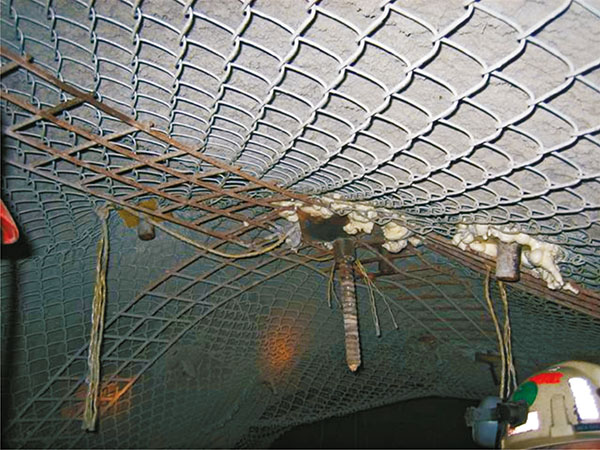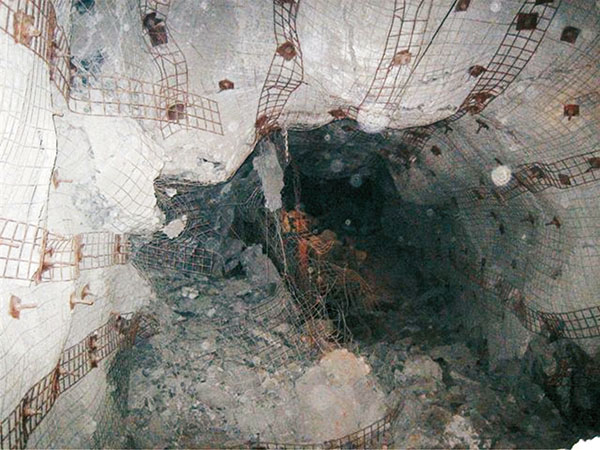

DSI Hollow Bars Stabilize Fault Zone of a Canadian Mine
The Kidd Mine, operated by Xstrata Copper and situated in North East Ontario, was discovered in 1964 by the Texas Gulf Company. The mine is situated in Canada’s Abitibi Greenstone Belt and started operation in 1966 as an open pit mine that has evolved into an underground mine with four shafts. Kidd Mine is one of the largest volcanogenic massive sulfide ore and base metal deposits in the world.
In addition, Kidd Mine is the world’s deepest producing copper and zinc mine. Currently, the mine is continuing its deepening project in order to reach deposits at depths of up to 3,000m (9,600ft). The construction of a new ore handling system along with the necessary shaft ventilation system and a continuation of the ramp from surface to shaft bottom clean out represent another world record.
Kidd Mine recently experienced two major seismic events of more than 3.2 on the Richter scale at a depth of approximately 2,500m (7,500ft) that affected several levels in the area. The two events were several months apart, yet very similar in strength and location. This underground area is under tremendous pressure because of the depth and geological faults in proximity to the areas being mined.
The mine operators contacted DSI for assistance as their ground support supplier, and both groups worked collaboratively to develop a plan for the unconsolidated areas in the re-hab zone. Although the engineering department is very experienced, they required a new solution to the unique problems that they had encountered. DSI studied the problem and quickly provided a product solution to them.
The solution was to use DSI Hollow Bars to provide support in the areas of unconsolidated ground that typically had particles of less than 13cm² (2in²). Type R32 DSI Hollow Bars offer an ultimate strength of 280kN and can be installed in lengths of up to 16m (52.5ft) when coupled. In addition, they can be simultaneously drilled and grouted even with the bore hole collapsed.
The plan that Kidd Mine adopted was to have the walls and back cleared of loose rock and debris and then apply a layer of shotcrete approximately 15cm (6in) thick over the existing bolts and screen. Afterwards, regular rebar and resin anchors as well as expandable rock bolts and zero gauge screens were installed. Finally, DSI’s Hollow Bars were installed in those areas where the rock had been crushed to the point that the bore hole could not be maintained for regular anchor systems. This product allowed the mine to continue in an otherwise impossible situation.
The hollow bars used in this application had individual lengths of 3m (9.8ft) that were coupled and installed in lengths of 6m (19.7ft), with the sacrificial drill bit acting as a wedge at the toe of the bore hole. Once the DSI Hollow Bars had been installed, grout was pumped through the hollow core into the bore hole and surrounding fragmented ground, locking all the pieces into a solid mass. In some cases, a third section of selfdrilling hollow bar had to be installed in order to achieve good anchorage in solid ground.
DSI supplied approximately 1.700m (5.577ft) of DSI Hollow Bars as well as bearing plates, hex nuts, couplers and other accessories for this project. Experienced DSI employees also provided training to personnel at the mine site on the installation and grouting as well as the tensioning work. DSI was very pleased to be able to offer Kidd Mine a solution that would allow them to continue in a safe work environment.
